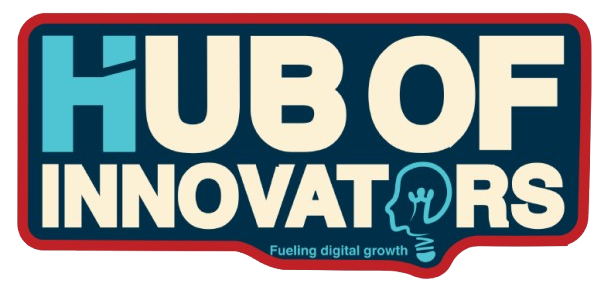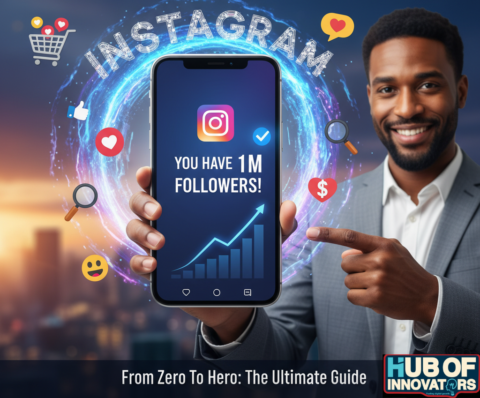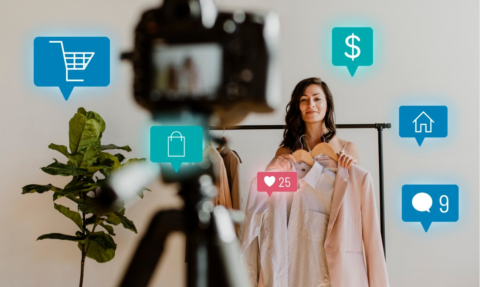Graphic design has always been shaped by the tools of its time. From the rise of Photoshop to the collaborative power of Figma, every new technology has changed how designers work and what they can create. In 2025, artificial intelligence is the latest and most transformative shift. What used to feel experimental is now part of the everyday workflow.
AI tools don’t replace creativity—they expand it. They help designers move faster, explore more options, and focus on the storytelling and strategy that machines can’t provide. Whether you’re a freelancer juggling projects or part of a large creative team, AI has become a practical companion.
Why Use AI for Graphic Design?
There are good reasons why AI is now deeply embedded in design:
- Speed and efficiency: Tasks that once took hours—like removing backgrounds, retouching photos, or testing color palettes—can now be done in seconds. This saves time and reduces burnout from repetitive work.
- Idea generation: Facing creative block? AI tools generate multiple layouts or mockups instantly, helping designers see possibilities they might not have considered.
- Accessibility: Non-designers can now produce decent visuals with AI. This levels the playing field for small businesses while giving professional designers a starting point to refine and elevate work.
- Scalability: Campaigns often need dozens of variations for different platforms. AI can quickly adapt one design into multiple formats, ensuring consistency without manual resizing or re-layouts.
- Collaboration support: With teams working remotely across time zones, AI assistants help keep designs consistent, track feedback, and simplify version control.
You will love this too: The Best 7 AI Video Tools in 2025
The Best AI Tools for 2025
1. Adobe Firefly
Fully integrated into Photoshop and Illustrator, Firefly makes editing feel almost magical. You can expand images beyond their borders, remove unwanted objects, recolor vectors, and generate new backgrounds—all with natural language prompts. Importantly, Adobe trains Firefly on licensed and safe data, which makes it one of the most trusted AI options for professionals working on commercial projects.
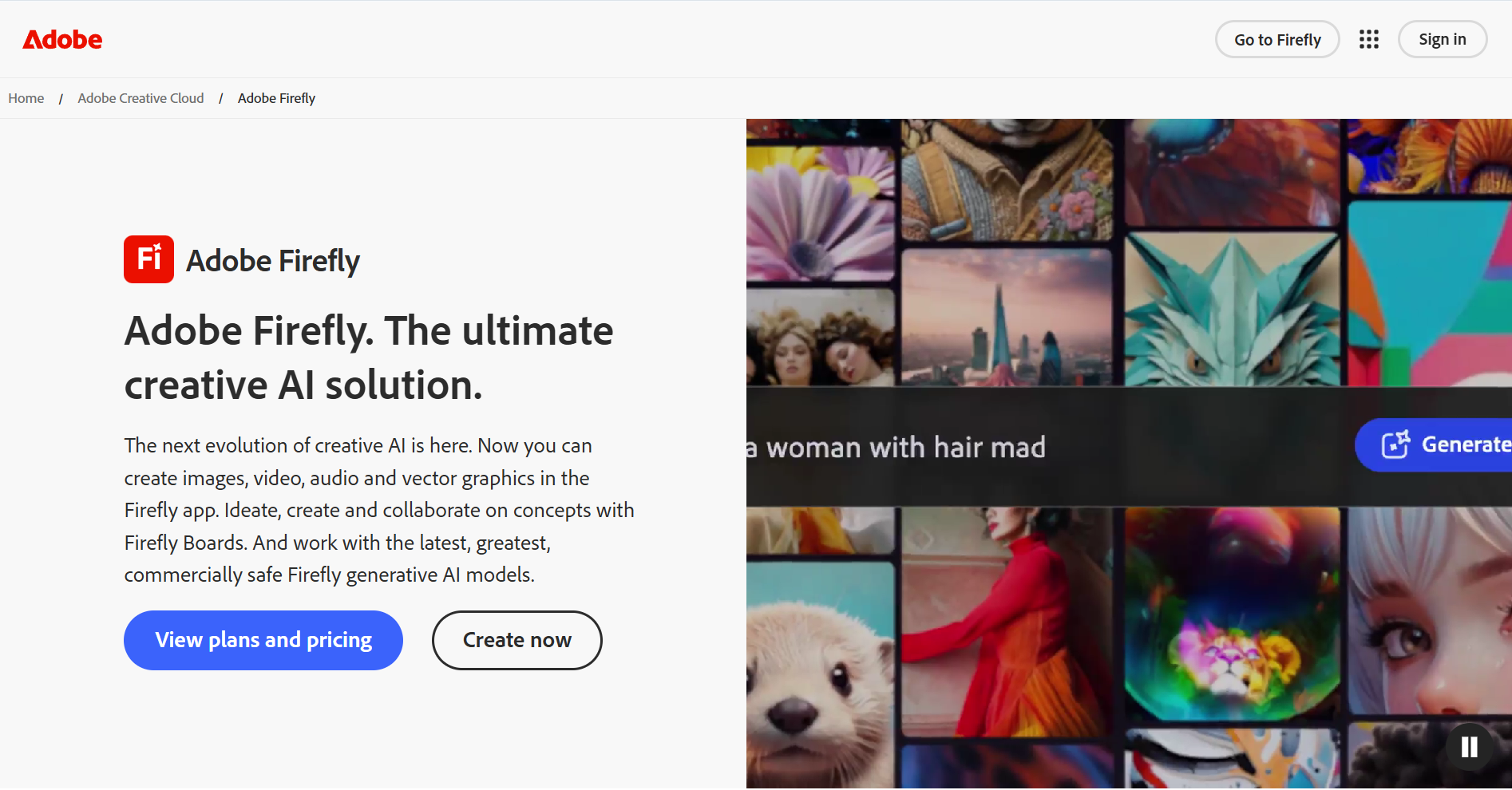
2. Canva
Canva has become far more than a beginner’s tool. With Magic Studio, it now suggests layouts, generates copy, and creates graphics on demand. Its background remover and auto-formatting features make it ideal for social media and marketing teams that need polished visuals fast. For freelancers, Canva serves as a quick way to draft ideas before moving into more advanced design software.
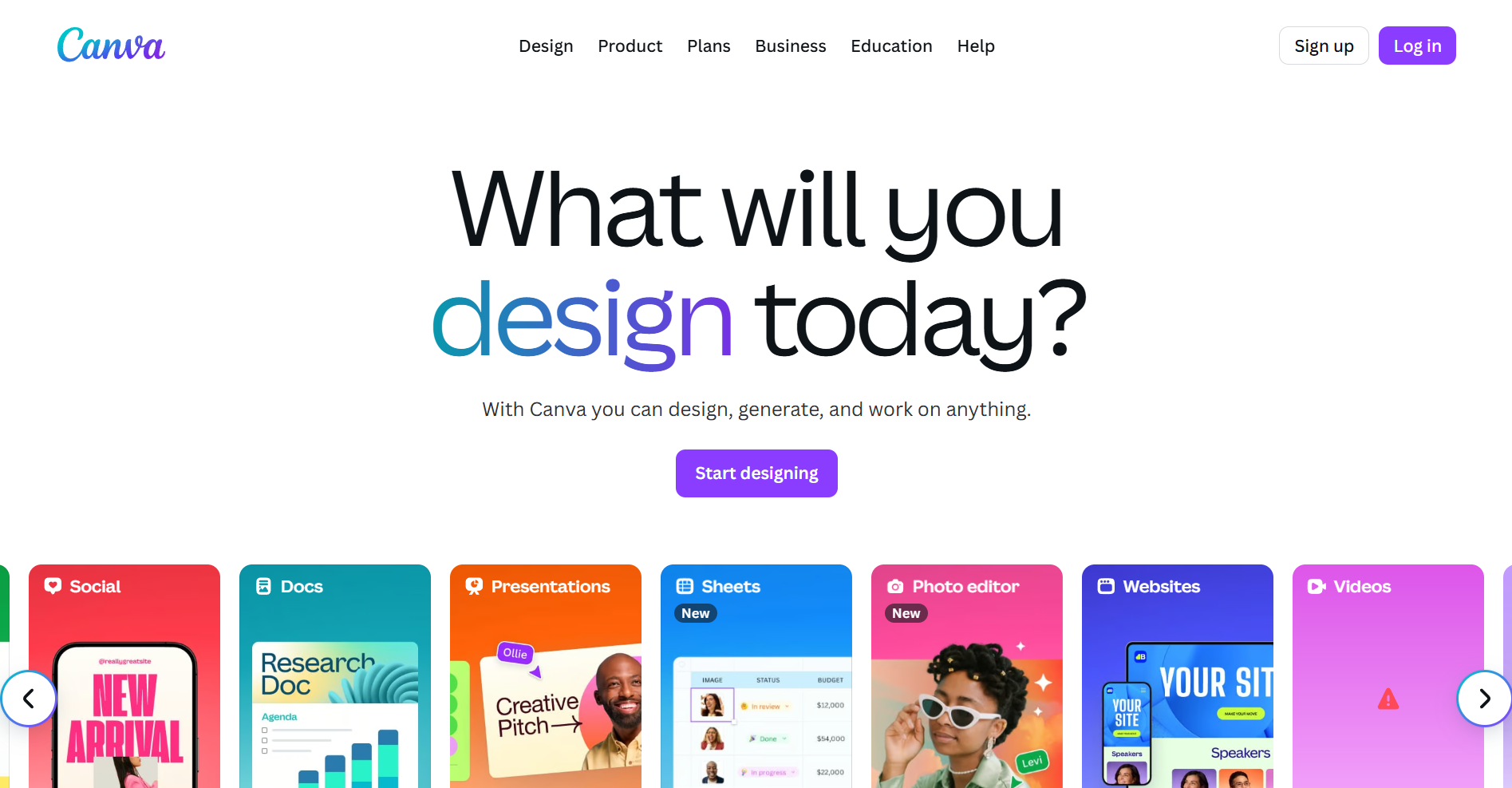
3. Figma AI
Figma’s strength has always been collaboration, and its new AI layer makes teamwork even smoother. Auto-layout adjustments, placeholder content, and smart alignment tools reduce time spent fixing small issues. For design teams, especially those working across borders, Figma’s AI features help keep projects moving efficiently and consistently.
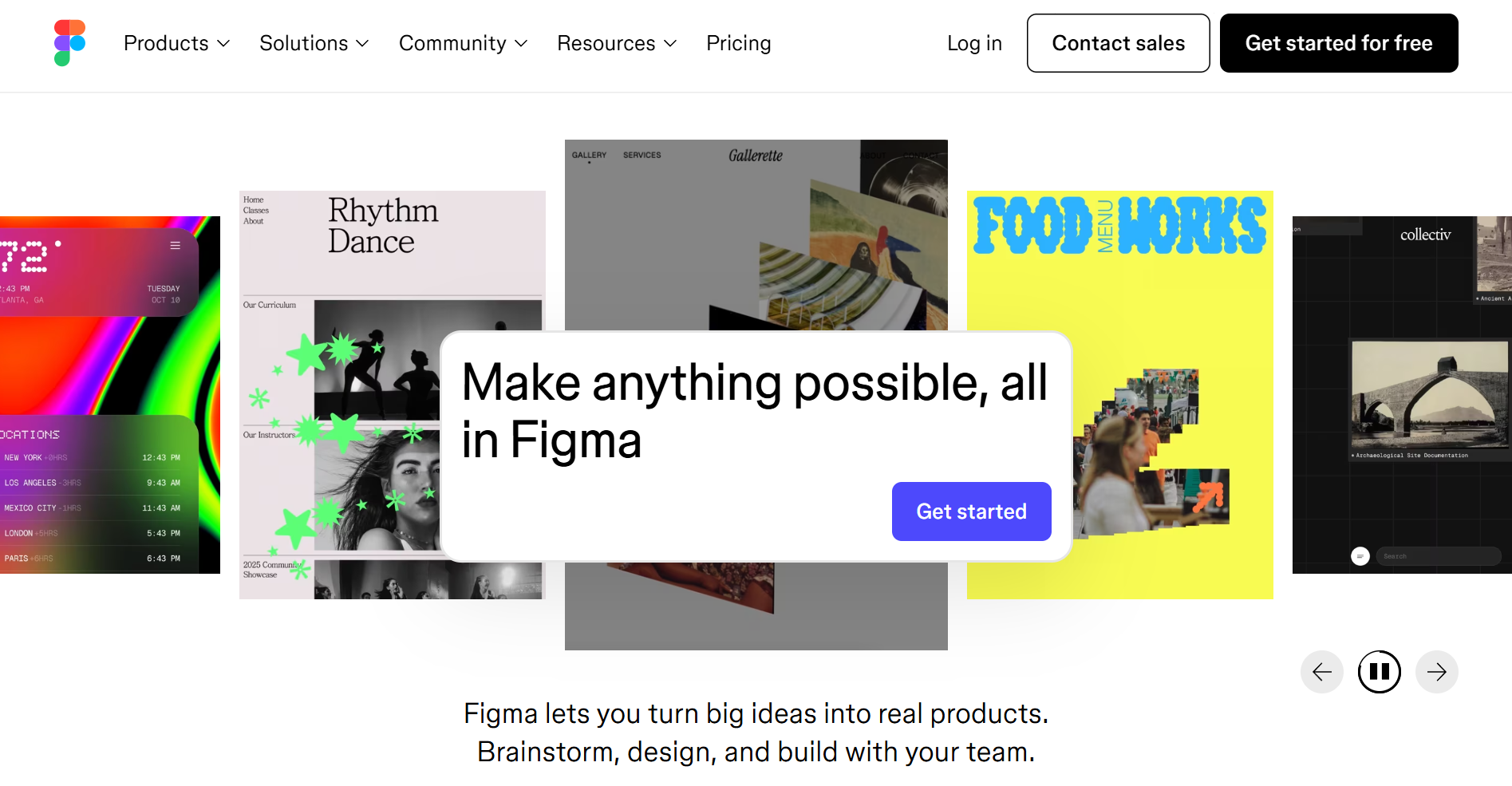
4. Recraft
This London-based platform is quickly gaining traction among professionals. Recraft’s V3 model has been ranked by design communities as outperforming Midjourney and DALL·E in terms of detail and realism. For projects that require high-quality, production-ready images, Recraft is becoming a serious contender.
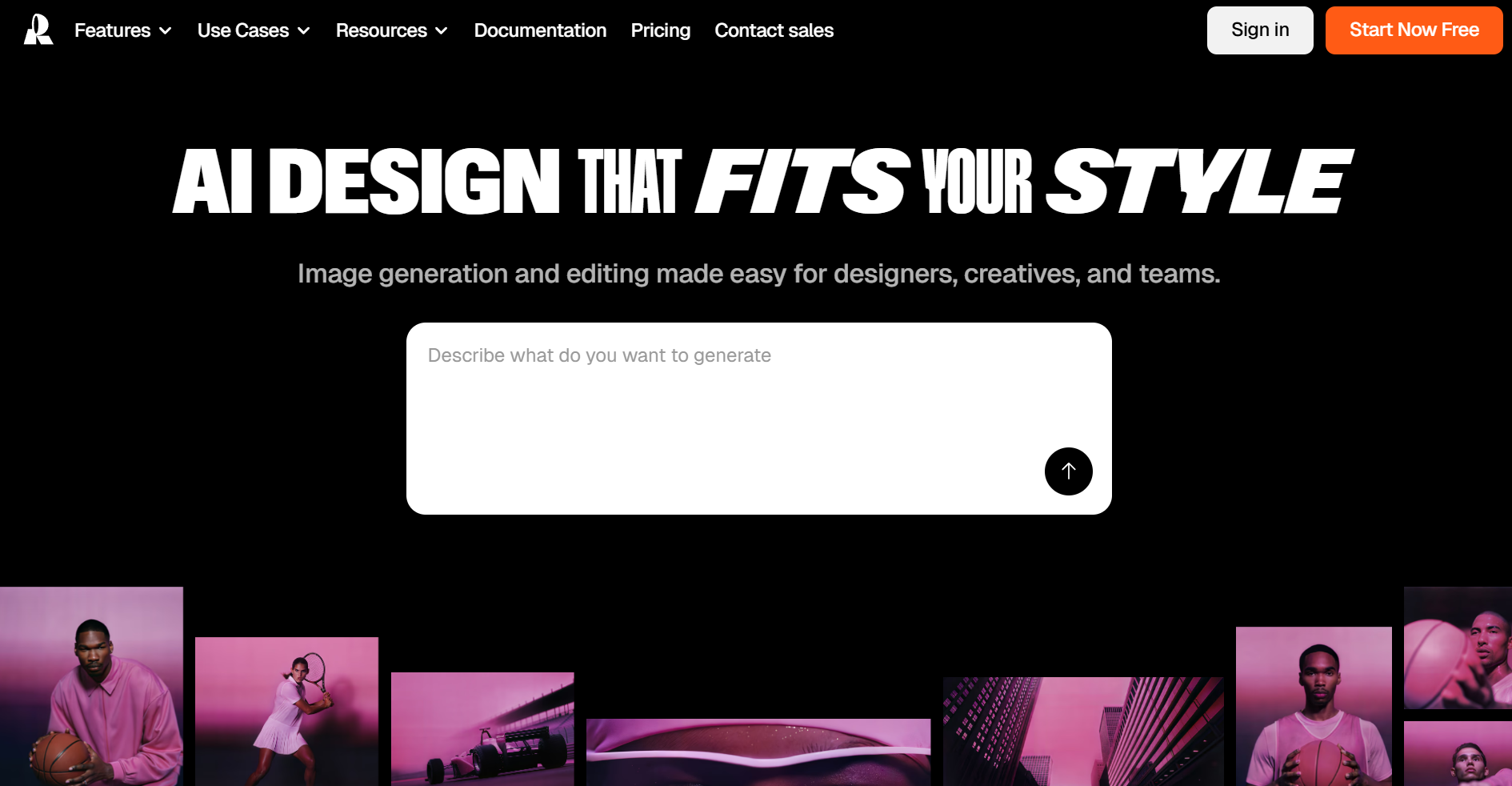
5. Ideogram 3.0
Unlike most image generators, Ideogram excels at creating visuals that include readable, clean text. This makes it perfect for logos, posters, and typographic mockups. Its precision with text puts it ahead of many competitors and solves a common frustration designers have faced with AI tools.

6. Kittl
Kittl combines AI tools with an infinite browser-based canvas. It offers logo suggestions, background generation, and upscaling, along with a massive multimedia library. Its all-in-one design approach makes it attractive for creators who want a workspace where they can sketch, experiment, and finalize visuals without switching platforms.
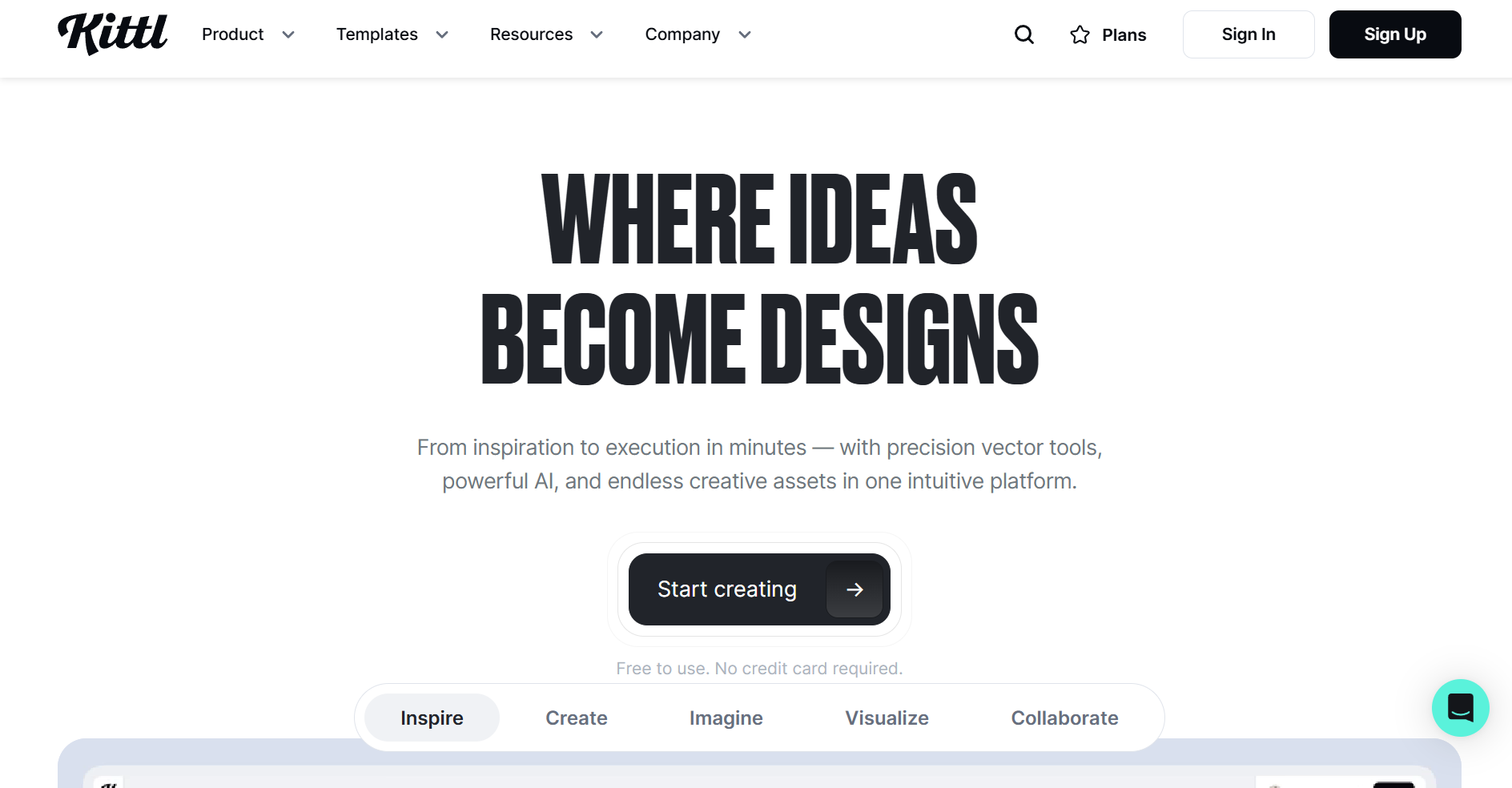
7. Midjourney & DALL·E 3
While newer names are rising, these two remain important. Midjourney continues to be unmatched for artistic, atmospheric visuals, often used in concept art and creative exploration. DALL·E 3, especially when integrated with ChatGPT, is excellent for quick iterations and simple edits. Both remain valuable in the idea-generation phase.
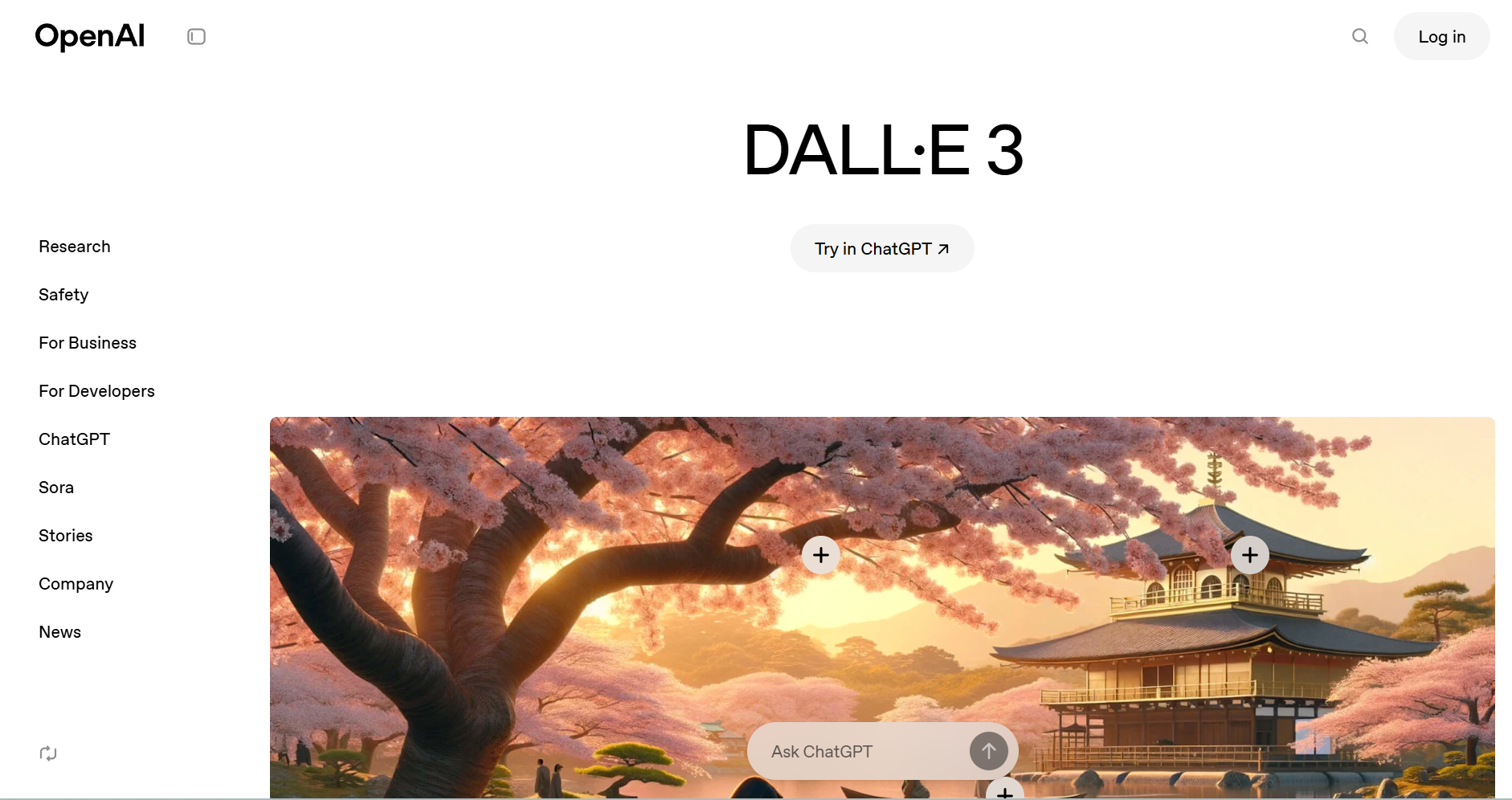
Advice for Designers Using AI in 2025
AI is powerful, but using it well requires judgment. Here are some practical tips:
- Treat AI as a collaborator, not a replacement. Use it for speed and inspiration, but always refine results with your own creativity. Clients still expect originality and brand alignment.
- Master the art of prompting. The clearer and more descriptive your prompts, the better the output. Think of it like briefing an intern—the more context you give, the closer the results will be to your vision.
- Don’t rely only on templates. Many tools offer ready-made layouts, but overuse can make designs feel generic. Always add your personal touches to stand out.
- Stay ethical and aware. Not every AI tool uses safe training data. Platforms like Adobe Firefly are safer for commercial projects. When in doubt, check usage rights.
- Keep building your own skills. AI can do a lot, but it can’t replace your ability to understand clients, craft a story, or sense cultural nuance. The stronger your design foundation, the more effectively you’ll use AI.
- Experiment regularly. The tools evolve quickly—new features roll out every month. Spending time exploring keeps your skills sharp and helps you discover creative shortcuts.
Examples of Prompts for AI Graphic Design
A powerful aspect of AI design tools is prompt writing. The way you phrase your instructions directly shapes the outcome. Here are some examples of prompts that tend to work well in 2025:
- Logo Design
- “Minimalist logo for a coffee shop, modern typography, warm earthy colors, vector style.”
- “Playful logo for a kids’ toy brand, bold colors, cartoonish illustration, simple shapes.”
- Poster and Marketing Materials
- “Event poster for a summer music festival, vibrant colors, abstract patterns, energetic mood.”
- “Professional corporate flyer, clean layout, blue and white palette, modern sans-serif font.”
- Social Media Graphics
- “Instagram post template for a fashion brand, neutral colors, elegant serif fonts, high-end look.”
- “Eye-catching TikTok thumbnail, neon colors, bold title text, dynamic background.”
- Illustrations and Art
- “Flat vector illustration of a person working on a laptop, simple background, bright and cheerful style.”
- “Detailed digital painting of a futuristic city skyline at sunset, cinematic atmosphere.”
Final Thoughts
Experimenting with wording—such as specifying styles (minimalist, surreal, retro), formats (vector, 3D render), or moods (playful, dramatic)—can make a huge difference in results.
Graphic design in 2025 is at an exciting crossroads. AI has become a trusted partner in the creative process, making work faster, easier, and more flexible. Tools like Firefly, Canva, Figma, Recraft, Ideogram, and others are reshaping what’s possible, but they don’t change the heart of design.
Great visuals still come from people—their imagination, their taste, and their ability to connect with others. AI simply removes some of the heavy lifting, allowing designers to spend more time on the work that really matters: creating designs that resonate.

